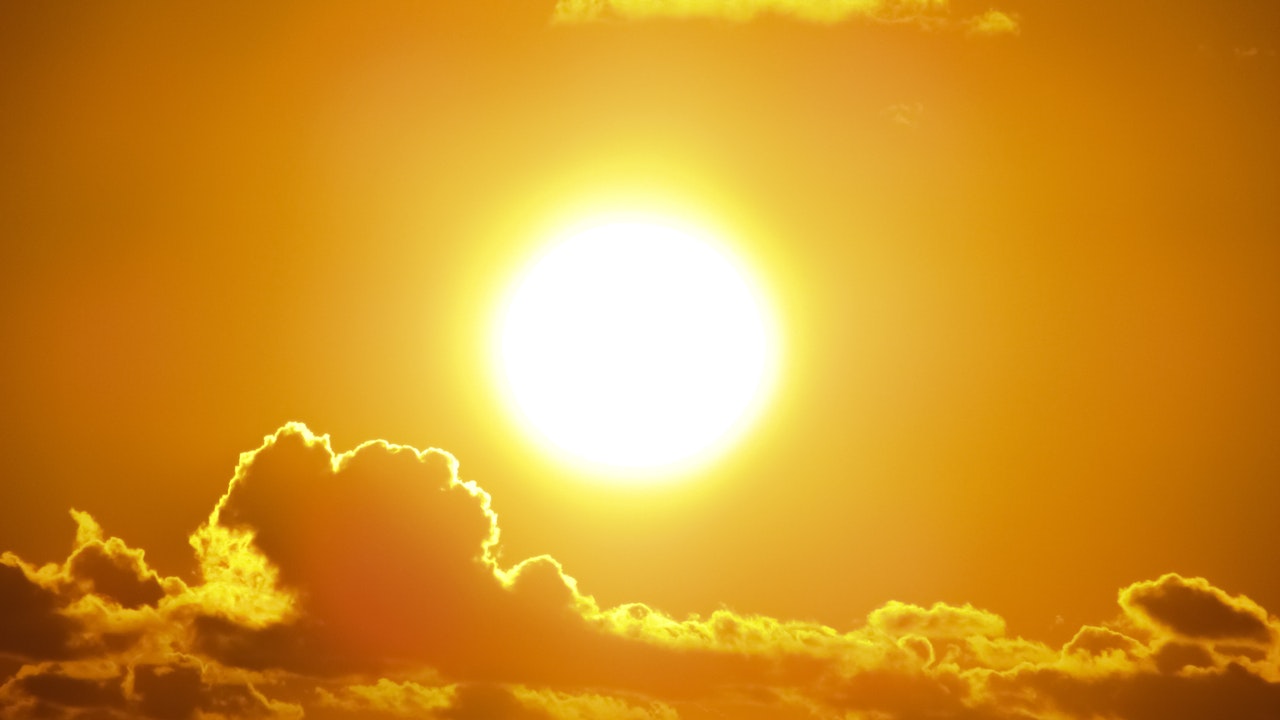Heat Exhaustion vs Heatstroke
During the summer months it’s important to know the signs of heatstroke and heat exhaustion while also being vigilant and knowledgeable on what to do if you or your client are experiencing the following:
Heat ExhaustionHeat is caused by excessive loss of water and salt from the body |
HeatstrokeHeatstroke is the most serious type of heat illness caused by body heat overload and has a high risk of irreversible damage to body organs and organ systems
|
Signs and symptoms
What to do
Get medical help right away if
|
Signs and symptoms
What to do
While waiting for help to arrive
Aggressive Cooling Methods
|
Preventing Heat-Related Emergencies
|
|
More information can be found on the Canadian Red Cross or Public Health Ontario websites.

